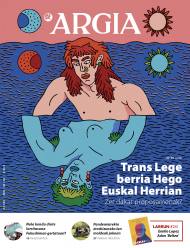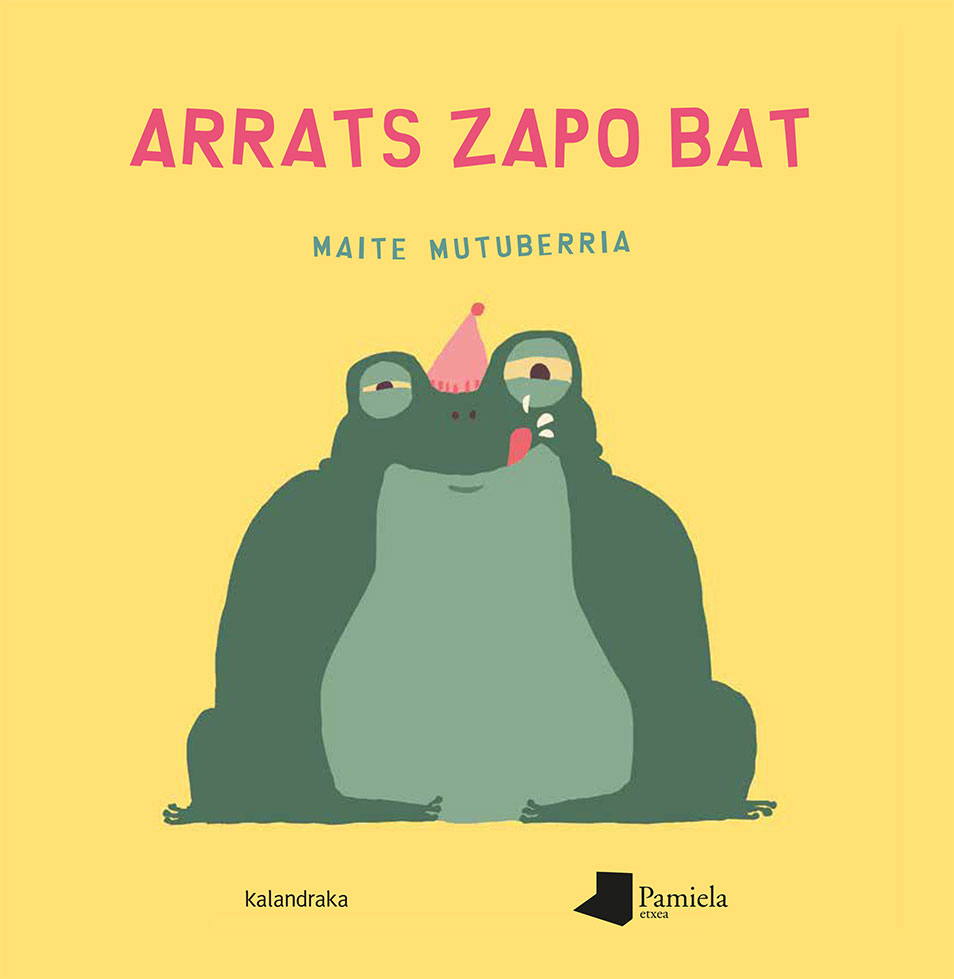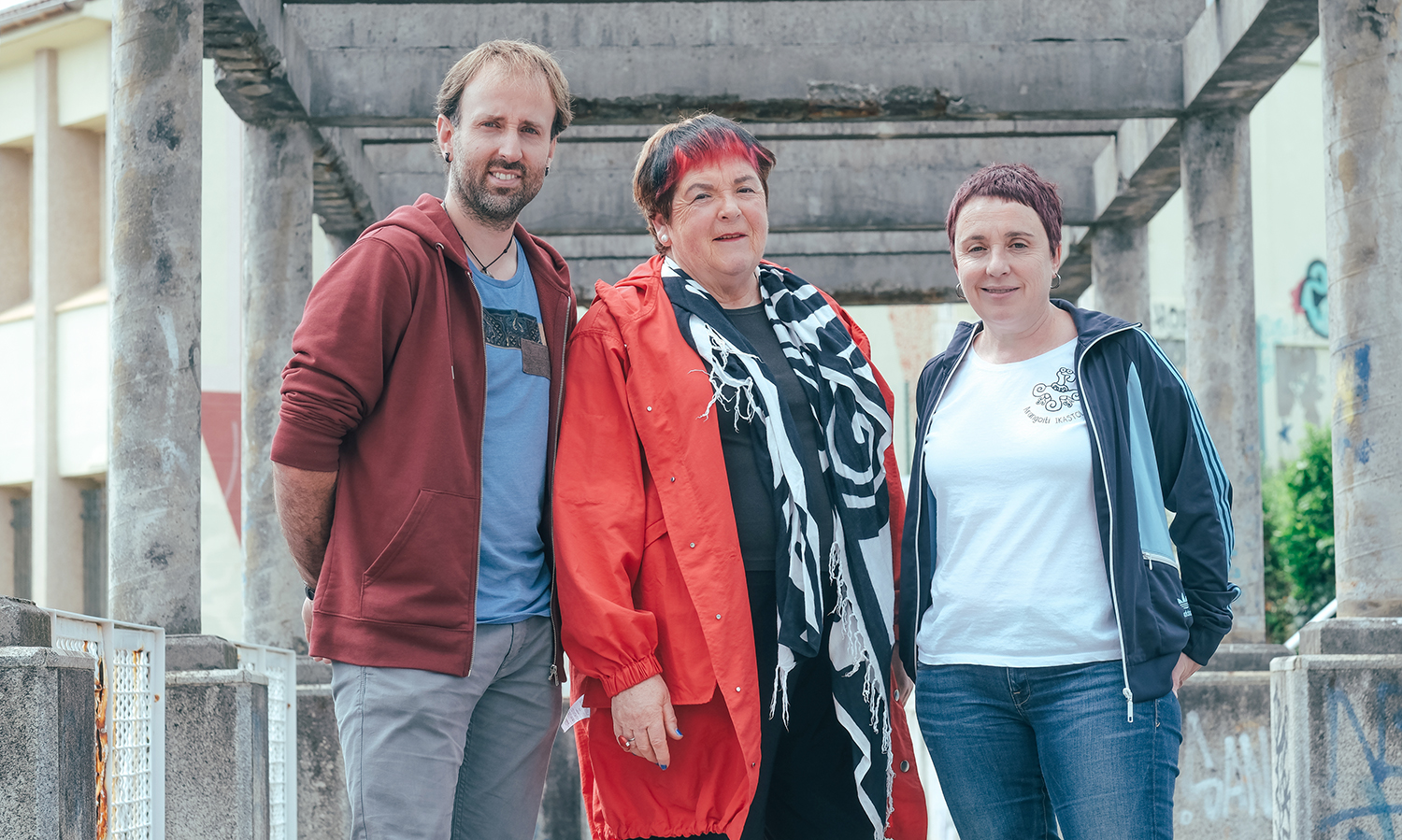What a disgust!
.jpg)
Ants… what disgust” says the protagonist girl of this book at first. In a rather bucolic landscape we see a girl with catiuscos and yellow chamarras, at the same time we pass, around her there is a squirrel and a xoxoa in the tree, a semi-hidden hare… and ants that are taking remnants of snacks on the ground.
These ants disgust the girl, they're all black and equal. And what does the girl do against these ants? Some peel the trench. This causes, of course, the anger of the ants and the black ants begin to appear with red faces, at first only one, then several and at the end all. Ants attack the girl and bleed from the feet to the face.
Angry ants acquire their usual color and return to work “when they get angry, children are unbearable. They are all equal.” The book will end with the phrase: “Children… what a disgust!”
The book has a closed structure, from the point of view of the child we will reach the tingling. In both cases, “what disgust” shows a parallelism between them. Because everything depends on what we see and the empathy we have (or not) with others.
The anger is a simple book, apparently with very few clear and colorful texts and illustrations, which sends us a clear message. In this sense, the textual economy of Iñigo Astiz stands out, which manages to transmit the message with very few words, and with a repetitive structure, and the work of the illustrations by Leire Salaberria. Using colored pastries, through a clear outline, taking care of the environment, manages to focus the attention of the spectator on the protagonists, reflecting the most important perfectly.
This book, without a doubt, can be suitable to talk about many things – fear, anger, revenge… – and that is the goal of this editorial, but it is also an ideal book to enjoy the simple story that appears in it.
Saran egingo da urriaren 11 eta 12an, eta aurtengoa laugarren edizioa izango da.
-It was an ordinary afternoon. For anglerfish.” This evening is what Maite Mutuberria tells us in this album. The book has very few texts and the images tell us very well the development of history.
From the beginning we can see in the illustrations a large and quiet... [+]
The one who approaches this book, first of all, will be with G. It meets the images of Mabire. They are comic style images, very accurate strokes and celestial experiences that help to easily interpret characters and situations. These images coincide with the text, which is... [+]
Human beings are so many narrative stories that the narrative capacity that you can say is one of the characteristics that makes us human. We need stories to build ourselves and reality, with special emphasis on the function of classic stories, or on the particular but timeless... [+]
On Sunday morning we read a story by Tolstoi, reading, in Basque: “How much land does a man need?” And he knows the drawings of Elena Odriozola because he saw them in the adventures of Gulliver, he enjoys the thread of the Tales. Then he gets into discotheque, often, and... [+]
When our son started reading at school, we looked for books of his age. The French Sami et Julie font des crêpes (“Samik and Julie fabrican matahamis”), E. Massonaud and T. Bontéren's work. As soon as we read the title and know the back cover (“a short, ridiculous and... [+]
























